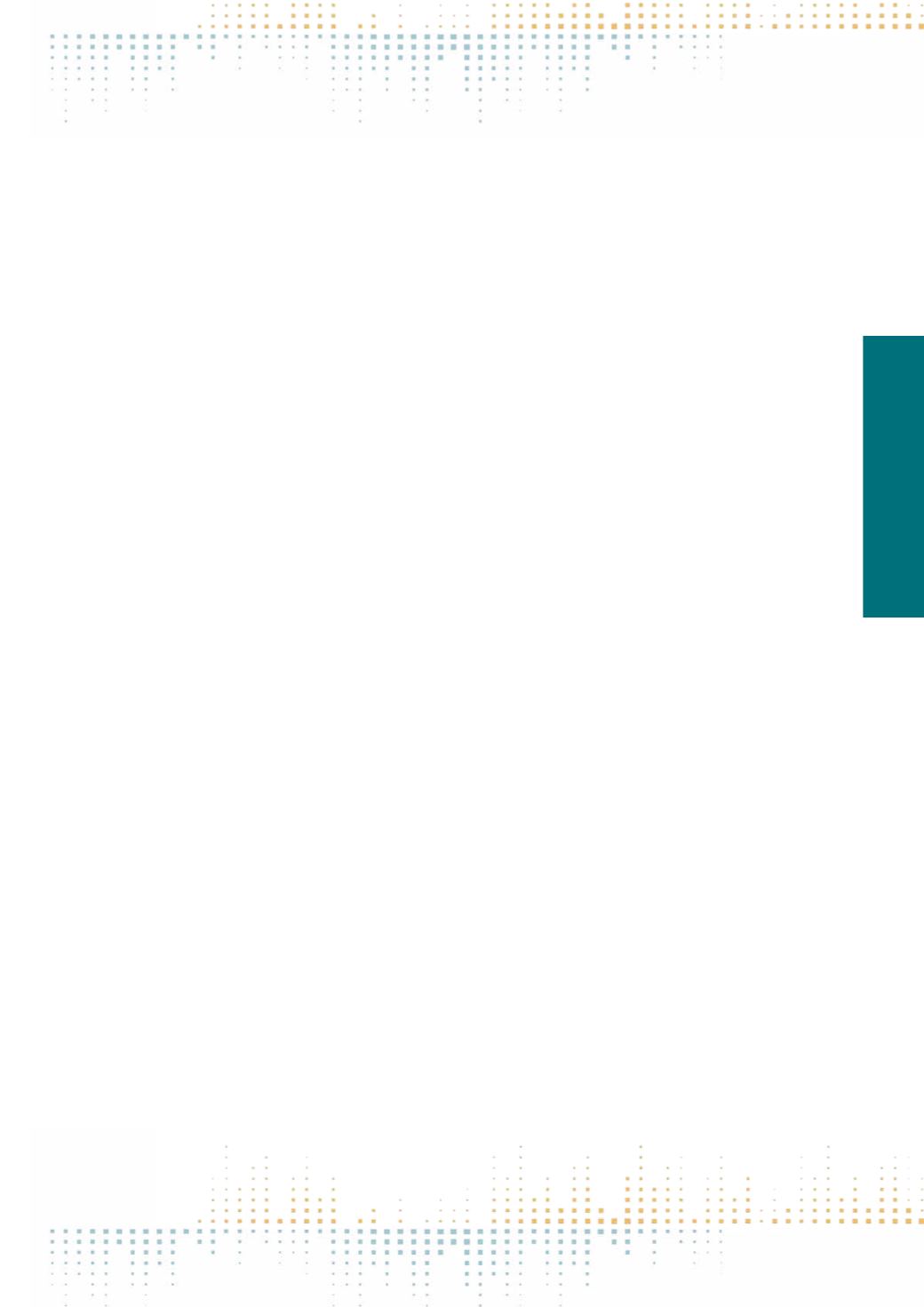

33
Thursday, November 10
0 9 : 0 0 – 1 0 : 3 0
of the French-language association InforAutisme, mentions that people with autism can have more access to services and therapies in Flanders, while in
Wallonia they are usually neglected, a fact that may affect the use of digital media. Furthermore, as Ellis and Goggin (2015) say, media are currently a big
organ of what constitutes the social sphere, thus, what happens there "is paramount for awareness-raising, attitude formation, circulation of ideas, personal
expression, social identity, and cultural currency". Thus, comprehending the uses of digital media by people with autism in Belgium and the consequences
of this usage, mainly in terms of digital culture and collective identity formation, social interaction, and offline effects (social support, advocacy, and
activism) represent an important cause not only to advance research about the subject, but also for the own participants of the research, autistic people.
Furthermore, by investigating the issues above, it is possible to "add to our understanding of the possibilities for disability cultures, and the way in which
these are sociotemporal spaces" (Goggin and Newell, 2003, p. 134), contributing to the intersection between the fields of Communication Studies and
Disability Studies.



















